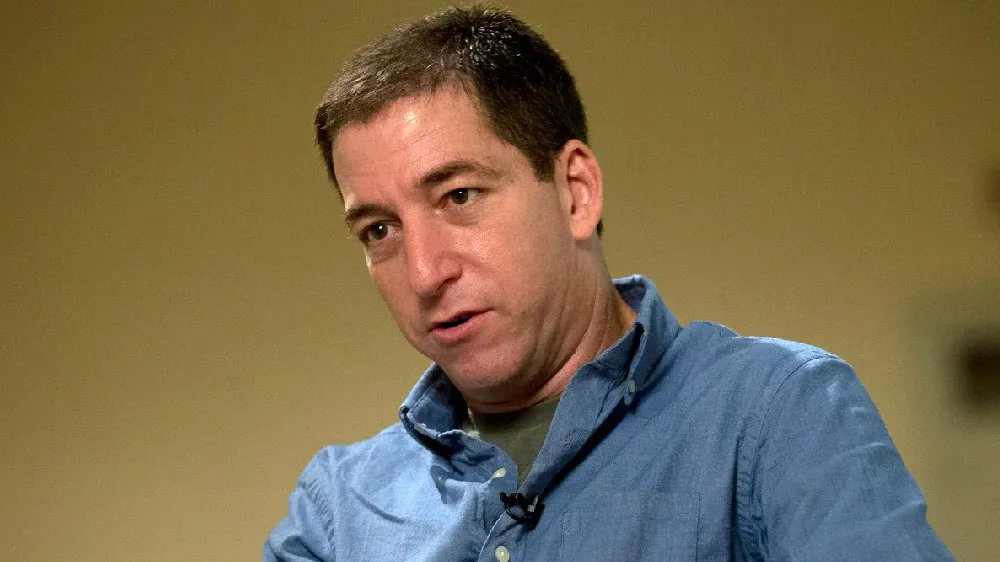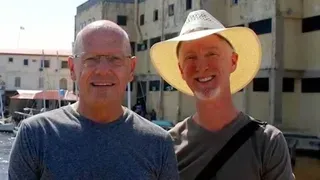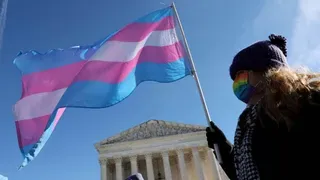August 28, 2014
Transwoman Nicole Bray's Documentary Will Follow Her Transition: Part I
Winnie McCroy READ TIME: 6 MIN.
When Nicole Bray first admitted to herself that she was a born into the wrong body, she was a married man who had lived in denial about her true gender for her entire life. The only thing she knew for sure was that if she had to continue living as a man, she would kill herself.
"I had spent much of my life in utter denial," said Bray. "But in July 2012, I finally came to a head with it and decided that either I had to transition or kill myself, because I couldn't deal with being this way anymore."
Instead, Bray trusted her wife with the truth, and found that she stuck by her husband's side through the gender transition. Now, Bray is using the funds she raised on Indiegogo to film a still-untitled documentary about her journey, in the hope that it will inspire others grappling with gender dysphoria.
Bray said she knew since she was about four years old that something was different, noting, "I didn't know what gender or sexuality was, but I didn't feel like the boy I was told I was. I didn't have a name for it, I couldn't tell my parents about it, but there were subtle things I did that got corrected, with my parents saying, 'Boys don't do this.'"
As an adult, Bray realized what the problem was, and as a first step, got into counseling. She admits that she had pretty much assumed that her marriage of five years to her wife Lori would end.
"The psychologist said my wife would leave me, and that 85 percent of marriages facing this situation failed," said Bray. "That threw me into an even bigger depression. My wife is a psychologist too, and throughout that summer, she saw a behavioral change in me. She finally called me out on it, and I came out to her."
They talked for eight hours straight, and Bray was floored to discover that Lori was shocked, but ultimately supportive. Her wife knew what it meant to have gender dysphoria, and she also knew what the necessary steps were.
Nicole's Transition
Gender transition is a complicated process, involving legal, social and physical aspects. When Bray was finally ready to began her transition, the first thing she thought about was the future. Knowing that her wife Lori might still want to have children, and knowing that the hormones would render her sterile, Brea went to a sperm bank and made a number of donations to be preserved for future use.
Then, she found an endocrinologist at University of Michigan who was familiar with prescribing the necessary hormones -- estrogen and testosterone blockers -- that she needed to take to begin her transition.
"From that point on, it was a wait-and-see game," said Bray. "The hormones need time to do their thing. When kids go through puberty, they have years. But when you transition, you take high doses of hormones to rewire your body in a short amount of time."
During that period, Bray took care of a number of other steps, including electrolysis for her facial hair, which was zapped out one strand at a time for three years.
Then, she focused on the legal and social aspects of the change. Bray said that Michigan was great in helping her deal with the legal process of getting a name change. Although the procedure is pretty standard, she hired an attorney just to make the process easier. It involved petitioning the court, visiting the police station and getting an FBI background check to make sure that she wasn't a wanted fugitive trying to evade the law.
Getting her gender changed on her birth certificate was a more difficult matter, as the individual is often required to have irreversible gender-confirming surgery. But again, Bray got lucky.
"Michigan is vague about whether that means actual sex reassignment surgery or something else; there's no real definition," said Bray. "I eventually had facial feminization surgery, and that counted toward irreversible gender surgery. So the doctor wrote a letter to the Michigan Bureau of Records, which allowed me to change my gender to read Nicole Bray, born female. The old records were sealed."
Although gender transition can often take people many years to complete, Bray considers herself lucky that the whole thing was completed in only two years, from coming out to her wife to the final surgery, which was completed in August.
The social part was the most challenging, said Bray. She had to buy female clothes, and learn to walk and talk and sit like a woman, things that "each gender learns how to do over a lifetime, but someone in my case has to cram in a short amount of time."
She also had to come out to her friends and family. Thankfully, they were supportive.
"My parents were on board from the day they received my coming out letter detailing everything I needed to do," she said. "They called that night saying they were so sorry I had suffered for so many years, but that they were supportive."
When it comes to being transgender, said Bray, there's a lot of negativity about it, often from the media. The stories you hear are often about the gruesome murders or attacks on trans women for 'choosing' to dress as a woman, when being transgender isn't a 'lifestyle choice.'
"Who would choose to put themselves through a lifestyle of discrimination," said Bray. "There's always so much negative information out there about this process, but my story was positive. I got acceptance from my family and friends, my wife, and everything that could have gone right, did. I thought it was important to share our story, because I wanted people to know that being transgender wasn't a bad thing. It can be a success story."
Tune in tomorrow for the second part of this two-part series.
Winnie McCroy is the Women on the EDGE Editor, HIV/Health Editor, and Assistant Entertainment Editor for EDGE Media Network, handling all women's news, HIV health stories and theater reviews throughout the U.S. She has contributed to other publications, including The Village Voice, Gay City News, Chelsea Now and The Advocate, and lives in Brooklyn, New York.




